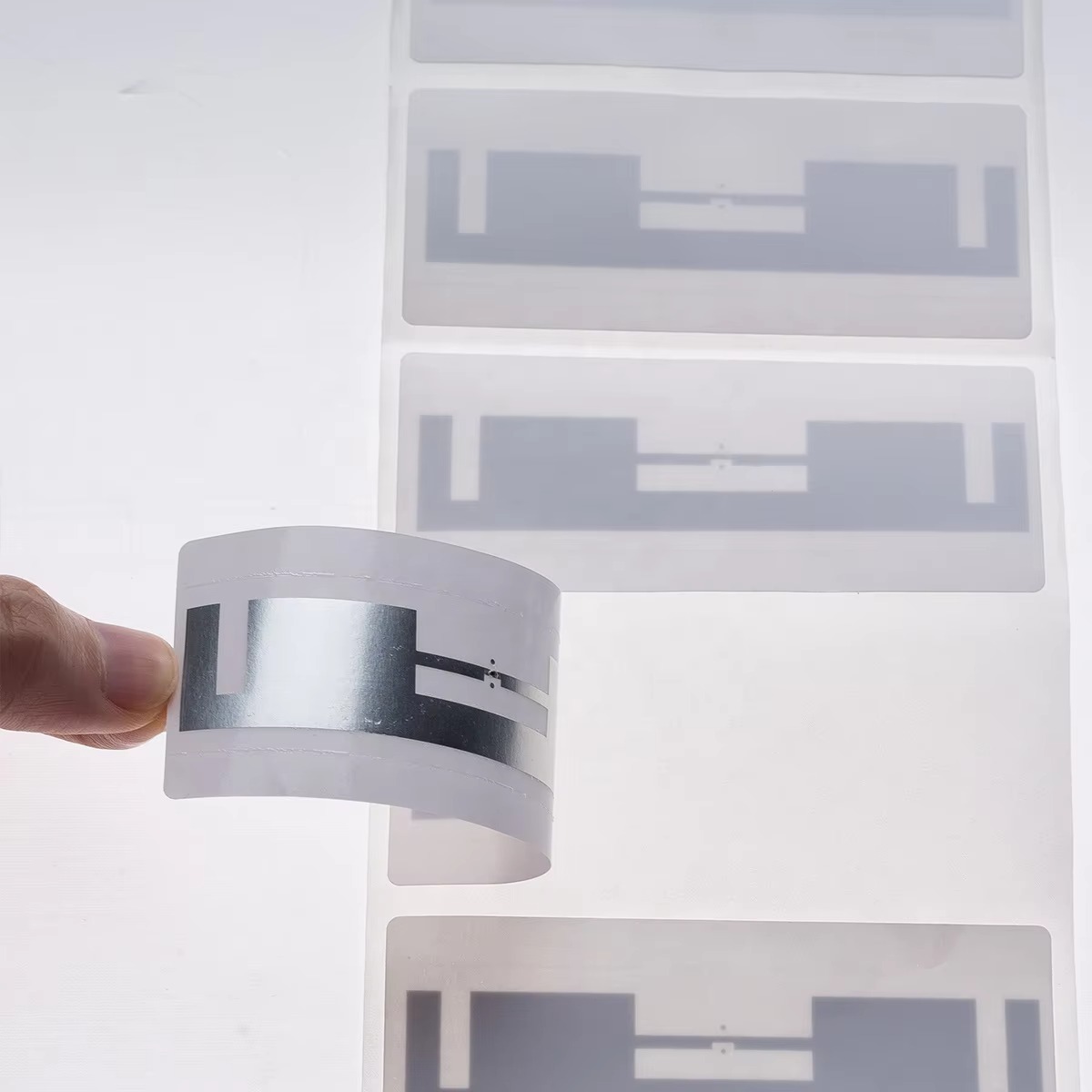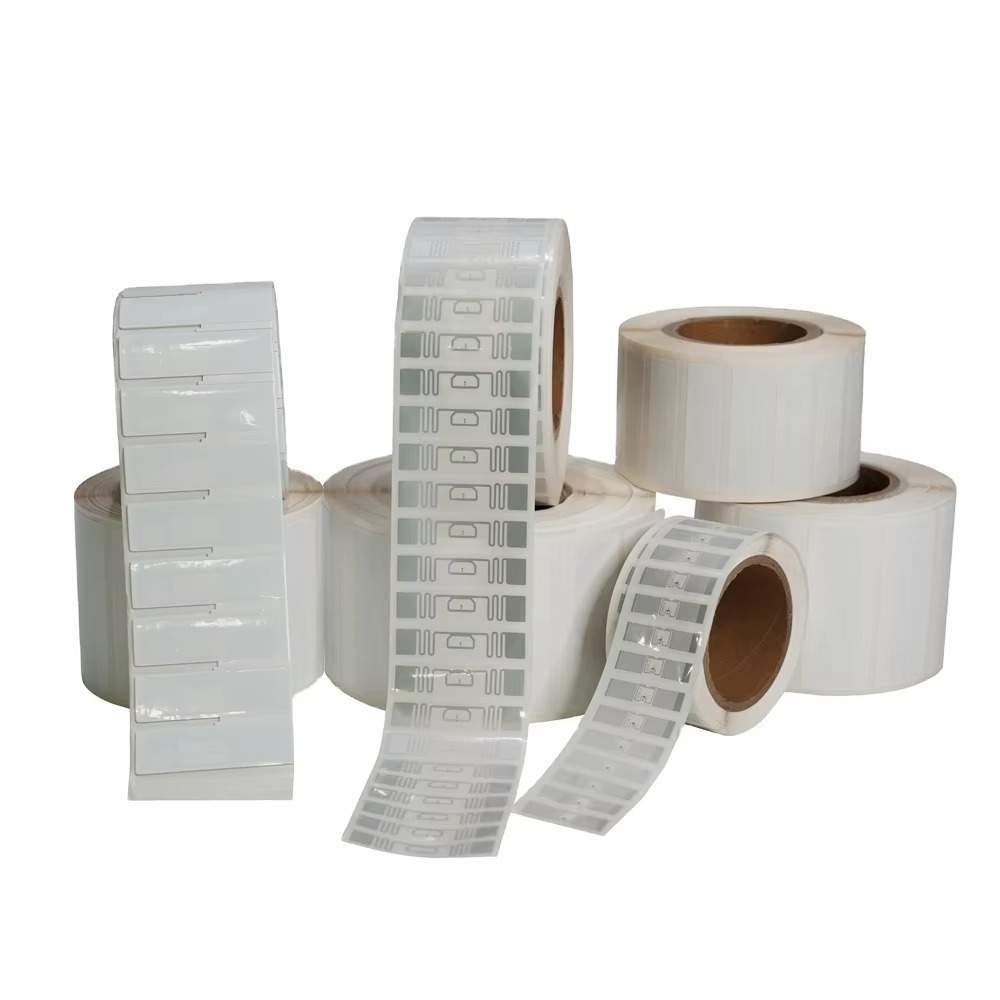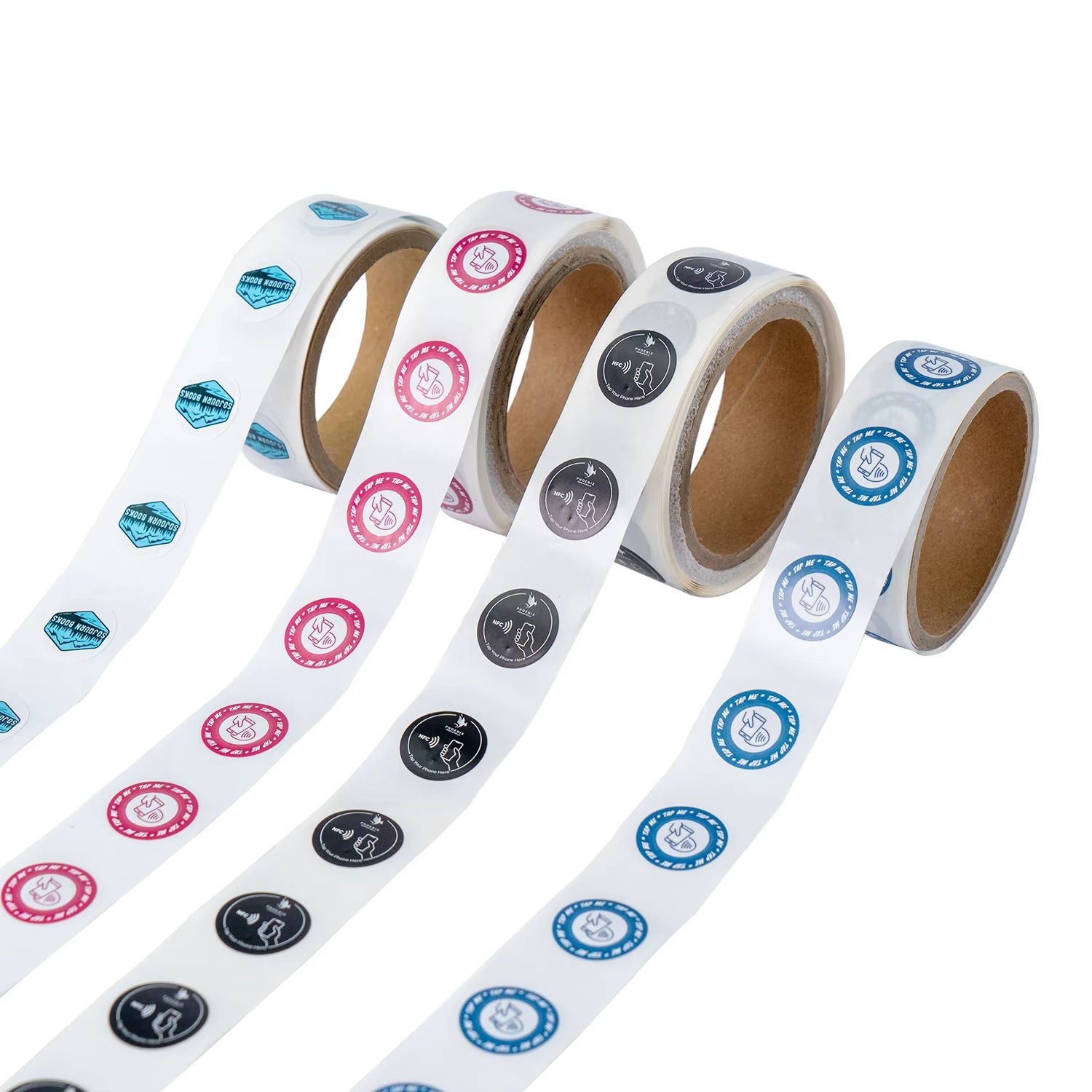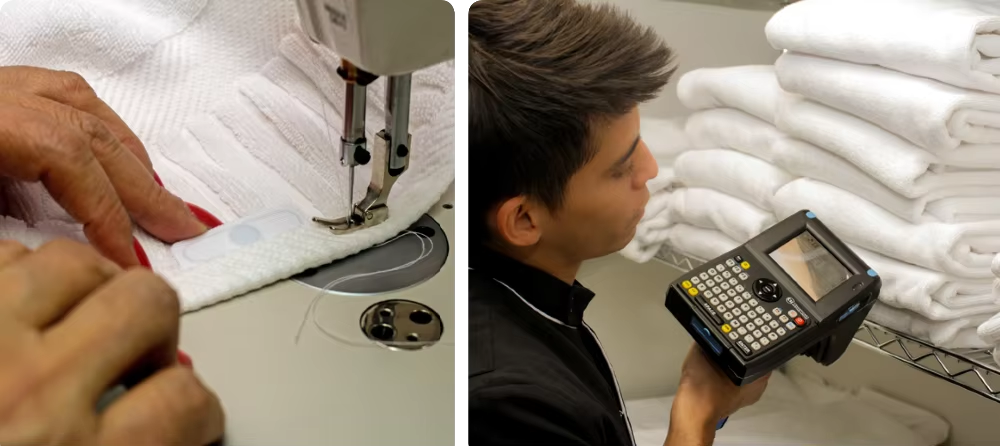
How RFID Laundry Tags Improve Linen Tracking Efficiency and Cut Costs
How RFID Technology Empowers Linen Management
An RFID laundry tag, composed of a chip and antenna, communicates with readers via wireless signals to deliver unmatched automation and accuracy.











